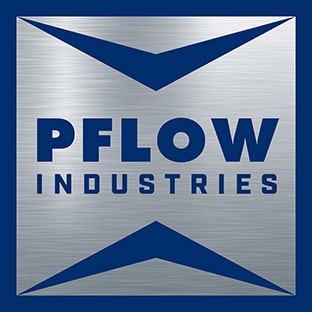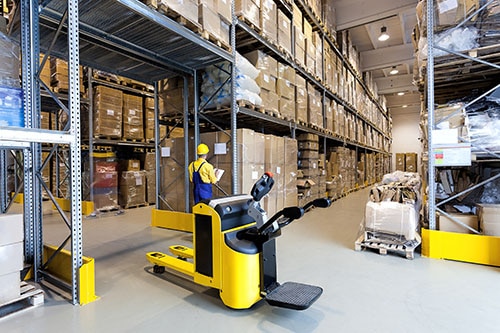Workplace injuries and accidents cost US employers nearly $62 billion in 2013. Want to keep your business’s share of that figure down? You need to make sure every safety feature in your facility is spot on.
It’s not just about your people either. Effective protective guarding can save your business thousands in machinery repairs.
This protective guarding checklist is here to make sure your employees and equipment are safe.
Always Keep Machinery and People Separate
Protective guarding should always surround automated equipment. You don’t want people anywhere near robotic or hydraulic systems while they’re active!
Other points to consider about guarding include:
Depending on the nature of your facility, the barrier between the two could be a mesh fence or glass separating wall.
- The barrier could also be made with a specialist material. For example, your business might be a chemical plant. You may need to completely isolate machinery with a non-reactive metal casing.
- Design any access panels with fail-safe mechanisms. For example, opening the access hatch should also kill power to the machine. That way, no one can come into contact with moving parts.
This doesn’t just keep your people safe and prevent unauthorized access, either. It also keeps the machinery safe from pallet trucks and other moving equipment on the facility floor.
Prevent Falls
Does your facility have more than one floor, and does it have tall machinery? Then it’s likely that you have at least some ladders in your facility. These might be used to access maintenance panels, for example.
Tall vertical ladders and ladder hatches should always be caged off. The regulations state that fixed ladders must have cages if they’re over 20 feet tall. However, isn’t it best to play it safe and cage them all? A person could still experience a serious injury if they fell awkwardly from 8 or 9 feet.
They definitely shouldn’t be carrying things up a ladder either. Install specialist material-moving elevators to transport items between floors instead.
Protective Guarding for Storage Racks
It goes without saying that all your staff should be adequately trained. Without the right training, they should not be allowed to use equipment like forklifts to stack tall storage racks. But even with the best training, mistakes and accidents can happen.
Storage racks should have netting or fenced “doors” at each level to prevent goods falling from a height. This protects both your stock and your workers if a forklift (for example) runs into the storage racks. Of course, it’s better to stop this type of accident from happening in the first place. Lining bollards and crash barriers in the right places within your facility is a good solution.
Keep Your Employees Safe with VRCs
PFlow Industries produces vertical reciprocating conveyor (VRC) systems. These are an economical solution to material movement.
Our patented safety features protect everything in your facility. And VRCs are safer than using a forklift as a multi-level transport solution.
We don’t just take facility protection seriously. We’ve spurred advances in the industry ourselves. Our Cartveyor, for example, is a unique solution for transporting shopping carts from one floor to another. Talk to us today about designing a customized vertical lift product for your facility needs.

 Depending on the nature of your facility, the barrier between the two could be a
Depending on the nature of your facility, the barrier between the two could be a